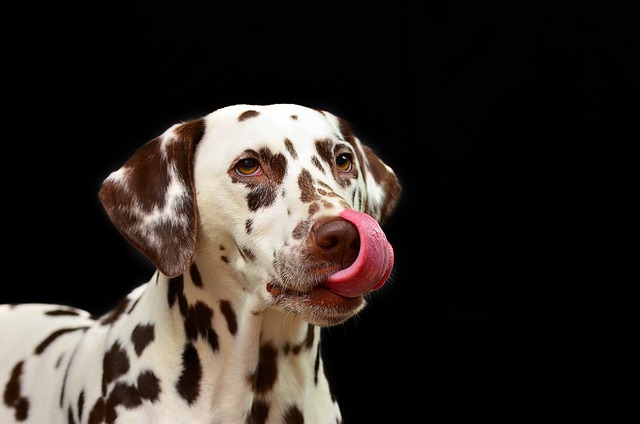
How to get dogs to wear a leash voluntarily
When you are full of joy and ready to take your dog for a walk, it hides under the sofa as soon as it sees the leash, its eyes full of resistance;
When you end a tiring day and eagerly look forward to being affectionate with your fluffy little baby at home, you may be caught off guard by its enthusiastic "pouncing welcome." You might even get your clothes scratched or your skin hurt. Although a young puppy's jumping and pouncing is a way to express excitement and affection, this behavior needs to be guided and corrected. Next, I will tell you how to gently and effectively help a young puppy get rid of this habit.
First of all, it should be understood that a young puppy's jumping and pouncing is an innate instinctive behavior and also a form of social attempt. In the world of young puppies, jumping and pouncing is a way to communicate with their companions and gain attention. When they pounce on you, they may just want to tell you, "I miss you so much" or "Come and play with me." However, as the young puppy grows up, this behavior may not only cause harm to people but also affect the formation of their good behavior habits. Therefore, correcting a young puppy's jumping and pouncing behavior is not only for our own safety and comfort but also for the puppy to grow into a polite and popular companion within the rules of human society.
The key to changing a young puppy's behavior lies in establishing clear rules and a positive feedback mechanism. When you are sitting on the sofa or in a chair and the young puppy jumps up excitedly, don't give it eye contact, petting, or a verbal response, because any of your reactions may be interpreted by it as encouragement. At this time, keep your body stiff, don't look down at it, and don't push it away, because the action of pushing may be seen as an interactive game by the young puppy, making it even more excited. You can choose to get up and leave the area directly, letting the young puppy understand that as long as it jumps and pounces, the interesting interaction will be suspended. When it calms down and sits obediently on the ground, immediately return to your original position, give it a gentle stroke, a kind compliment, or a delicious snack as a reward, helping it associate the behavior of being quiet and not jumping with a pleasant experience.
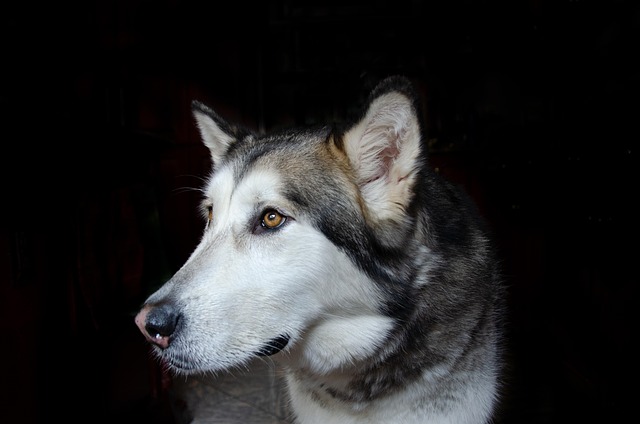 In daily training, it is necessary to establish a conditioned reflex of the command "sit" for the young puppy in advance. This is the foundation for correcting the jumping behavior. Prepare the young puppy's favorite snacks, squat in front of it, and use the snacks to attract its attention. Then, slowly move the snacks upward. The young puppy's head will follow the snacks, and its center of gravity will shift backward, causing it to sit down naturally. The moment it successfully sits down, immediately give the command "sit" and at the same time, offer a snack as a reward and give praise. Repeat this training until it can quickly respond to the command "sit." With this foundation, when you sit down, before the young puppy starts to jump and pounce, give the command "sit" first. If it obediently sits down following the command, give a timely reward. If it still jumps and pounces, repeat the steps of leaving and waiting for it to calm down.
In daily training, it is necessary to establish a conditioned reflex of the command "sit" for the young puppy in advance. This is the foundation for correcting the jumping behavior. Prepare the young puppy's favorite snacks, squat in front of it, and use the snacks to attract its attention. Then, slowly move the snacks upward. The young puppy's head will follow the snacks, and its center of gravity will shift backward, causing it to sit down naturally. The moment it successfully sits down, immediately give the command "sit" and at the same time, offer a snack as a reward and give praise. Repeat this training until it can quickly respond to the command "sit." With this foundation, when you sit down, before the young puppy starts to jump and pounce, give the command "sit" first. If it obediently sits down following the command, give a timely reward. If it still jumps and pounces, repeat the steps of leaving and waiting for it to calm down.
In addition, consuming the young puppy's excess energy is also an important way to reduce the jumping and pouncing behavior. Young puppies are lively and full of energy. If they don't get enough daily exercise, they are more likely to be overly excited when interacting with you. Arrange an appropriate amount of walking and playing time every day, and prepare some interesting toys, such as treat-dispensing balls and frisbees, allowing them to release their energy while playing. When the young puppy is in a relatively calm state, the urge to jump and pounce will be reduced accordingly.
During the training process, it is crucial for family members to maintain a unified attitude. If someone indulges the young puppy's jumping and pouncing behavior, for example, petting it because they think its jumping and pouncing is cute, the young puppy will be confused and not know which behavior is allowed, greatly increasing the difficulty of the training. Therefore, communicate with your family members in advance, and everyone should treat the young puppy's jumping and pouncing behavior according to the same rules.
Changing a young puppy's behavior habits does not happen overnight and may go through repeated attempts. Sometimes, you may think it has learned not to jump and pounce, but the same problem may occur the next time. At this time, don't lose heart, get angry, or punish it. Punishment not only fails to truly solve the problem but may also make the young puppy fearful and anxious, damaging the trust between you. Maintain patience, persevere with the training, and guide it with a gentle yet firm attitude. Every small progress is something we can be proud of for it.
One day, when you sit down and the young puppy no longer pounces on you impatiently but sits quietly by your side, looking at you expectantly and waiting for your praise and petting, at that moment, you will understand that all your efforts have not been in vain. This process not only corrects the young puppy's bad behavior but also deepens the tacit understanding and trust between you through each interaction, making it truly become a well-behaved and considerate little family member.

When you are full of joy and ready to take your dog for a walk, it hides under the sofa as soon as it sees the leash, its eyes full of resistance;
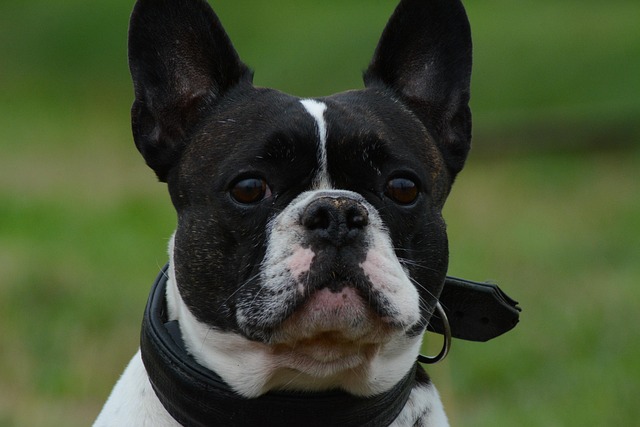
Dogs pooping in the same place at home not only gives the owner a headache, but also affects the home environment. To solve this problem, we need to start from the dog's behavioral habits and psychological needs,
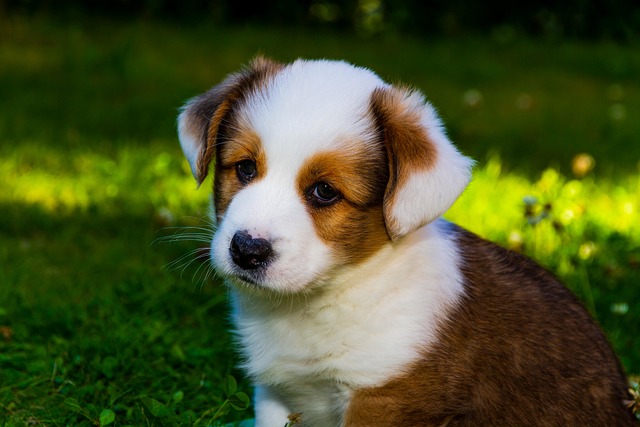
During the time when people and dogs are together, the recall command is like an invisible bond that maintains safety and trust. However, when certain special situations come, this bond seems to suddenly become fragile.

Watching your dog lying on the floor and chewing on toys out of boredom, have you ever thought about adding a new experience full of challenges and fun to its life?
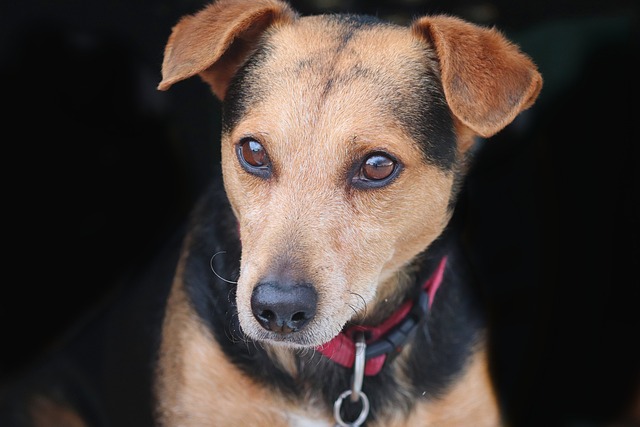
On a sunny afternoon, taking a walk in the park with your dog was supposed to be a pleasant time, but when you encountered other dogs,

When the children at home stretch out their tender little hands and want to hug the dog at home with joy,but the dog rushes around due to excessive excitement or shows resistance due to anxiety,such scenes always make parents worried and helpless.